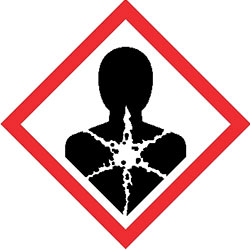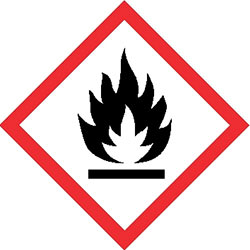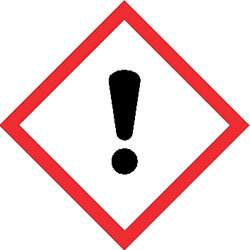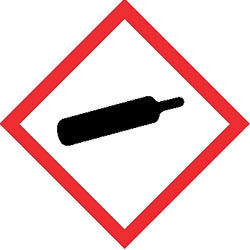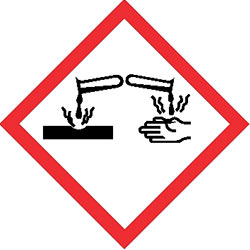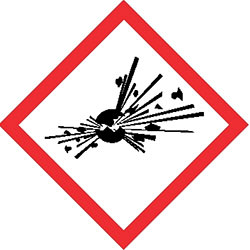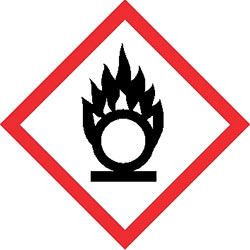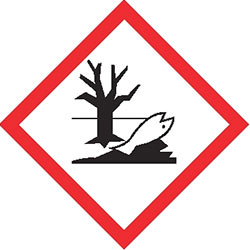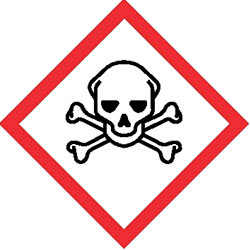- Purpose
- Policy and Scope
- Plan Organization
- Roles and Responsibilities
- Basic Laboratory Policies
- General Chemical Hygiene Practices
- Department/Lab Specific Chemical Hygiene Practices
- Administrative Provisions Communication of Chemical Hazards
- Particularly Hazardous Substances
- Safe Handling of Flammable and Combustable Liquids
- Peroxide-Forming Chemicals
- Corrosive Chemicals and Allergens
- Cryogenic Liquids and Compressed Gases
- Communication of Chemical Hazards
- Chemical Storage
- Personal Protective Equipment
- Emergency Eyewash and Safety Showers
- Laboratory Ventilation
Purpose
The purpose of the Truckee Meadows Community College (TMCC) Chemical Hygiene Plan (CHP) is to establish policies and procedures to minimize risks to faculty, staff, students, and the environment that can potentially arise from laboratory operations and chemical use. These policies and procedures are based on occupational health and safety statutes and currently accepted best laboratory safety practices. While the CHP establishes safe work practices, each individual (employees, students, visitors, and other personnel) have the responsibility to practice good health and safety practices in the laboratory.
The CHP is designed to comply with the Occupational Safety and Health Act (OSHA) 29 CFR 1910.1450 Occupational Exposure to Hazardous Chemicals in the Laboratory, commonly referred to as the OSHA Lab Standard. Laboratories that utilize biological agents and/or radioactive material should refer to the TMCC Biosafety Manual and Radiation Safety Manual, respectively.
Policy and Scope
The TMCC Environmental, Health, and Safety Office's (EHS) mission is to support the Colleges teaching and service functions. EHS assists organizational units in meeting their responsibility to protect the environment and to provide a safe and healthful place of employment and learning. The CHP applies only to laboratories where chemical manipulation occurs and generally involves small amounts of a limited variety of chemicals and applies to all hazardous chemicals meeting the definition of "laboratory use" and having the potential for worker exposure. Non-laboratory use chemicals fall under the scope of the TMCC Hazard Communication Program.
